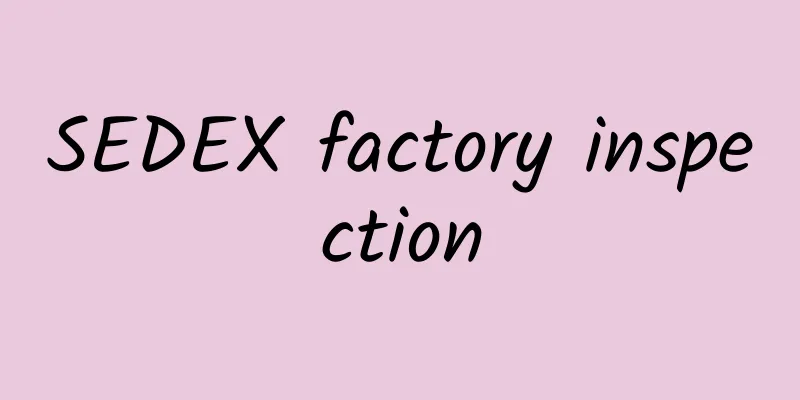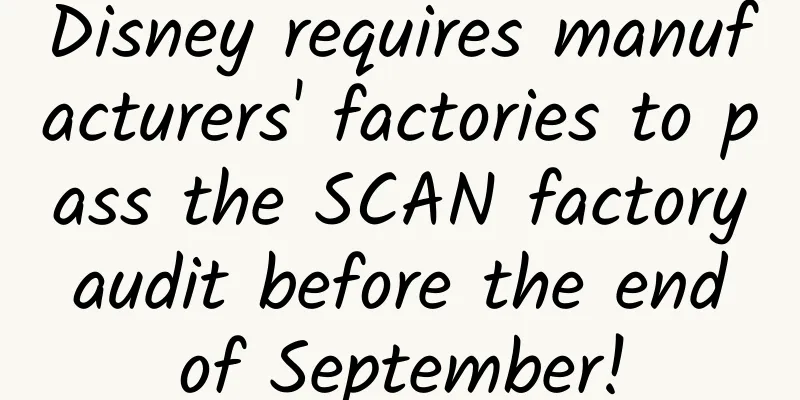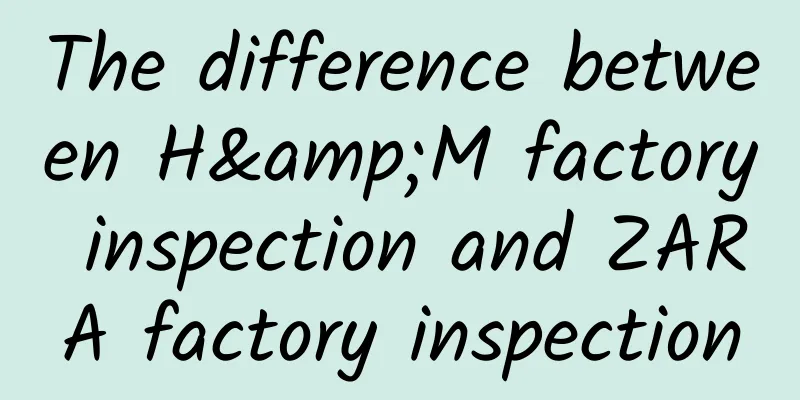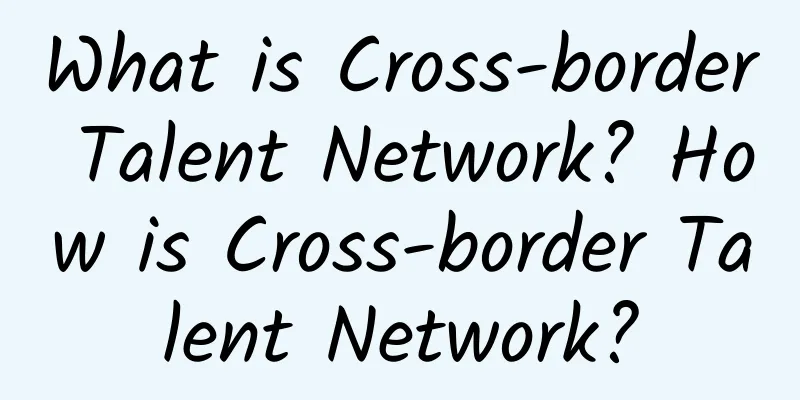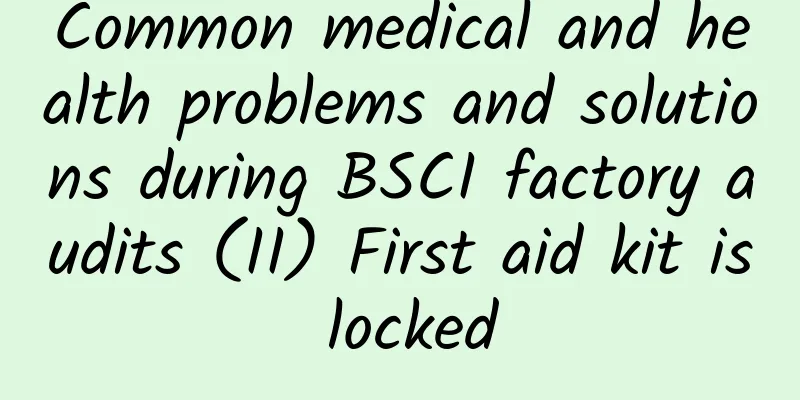Background and developments of ISO/TS16949

|
In order to coordinate the international automotive quality system specifications, the world's major automobile manufacturers and associations established a special organization in 1996 , called the International Automotive Task Force (IATF) . IATF members include the International Organization for Standardization Quality Management and Quality Assurance Technical Committee (ISO/TC176) , the Italian Automobile Industry Association (ANFIA) , the French Automobile Manufacturers Committee (CCFA ) and the Automotive Equipment Industry Federation (FIEV) , the German Automobile Industry Association (VDA) , and automobile manufacturers such as BMW , Daimler Chrysler , Fiat , Ford , General Motors , Renault and Volkswagen . IATF conducts audits on three European standards : VDA6.1 ( Germany ) , AVSQ94 ( Italy ) , EAQF ( France ) and QS-9000 ( North America ) . In order to coordinate with ISO9001 : 2000 , ISO/TS16949:2002 was developed under the approval of ISO/TC176 . On April 24 , 2002 , Ford, GM and Chrysler, the three largest automakers, held a press conference in Detroit, Michigan, USA, announcing that they would adopt a unified quality system standard for suppliers, which is ISO /TS16949 . If suppliers do not obtain ISO/TS16949 certification, it will also mean the loss of their status as One for Supplier qualifications. Currently, French car manufacturers Citroen , Peugeot , Renault and Japanese Nissan have mandatory requirements for their suppliers to obtain ISO/TS16949 certification. |
<<: The authoritative media CCTV2 Financial Channel fully explains what factory inspection is
Recommend
What is Hunter? What are the functions of Hunter?
With Hunter, you can find email addresses in seco...
A way out for traditional textile and garment export enterprises
Focus on both international and domestic markets ...
What is Asia.ru? What are the benefits of Asia.ru membership? What do I need to prepare to join Asia.ru?
What is Asia.ru? Asia.ru is a Russian B2B e-comme...
What is AZLabels? What are the features of AZLabels?
What is AZLabels? AZLabels is a browser-based Ama...
Mattel factory inspection/factory consultation employment relations and freedom of association
Are all employees and contractors on site at leas...
Commonly used reference data for factory inspection
1. Air quality/exhaust system: 1. The air in all ...
ICTI certification forces toy companies into various difficulties
ICTI certification forces toy companies into vari...
Mercari——Japanese C2C second-hand trading platform
What is Mercari? "mercari" was founded ...
Warning signs required for BSCI factory audit-hazard warning signs
Warning signs required for BSCI factory audit: ha...
International Sustainability and Carbon Certification ISCC Certification Features
ISCC certification is applicable worldwide and co...
What should I do if I encounter a surprise inspection of FSC certification? Can I reapply for FSC certification after giving up?
It is very important to maintain the FSC certific...
my country's clothing industry may achieve a compound annual growth rate of 23%
According to the report, RNCOS said in a statemen...
Walmart’s high-risk project work time violations
1. Incomplete and inconsistent attendance system ...
ISCC Questions Summary - Audit
The full name of the International Sustainability...
The Beginner's Guide to Opening a Store on eBay is here! Get it now!
As we all know, more and more sellers are joining...
